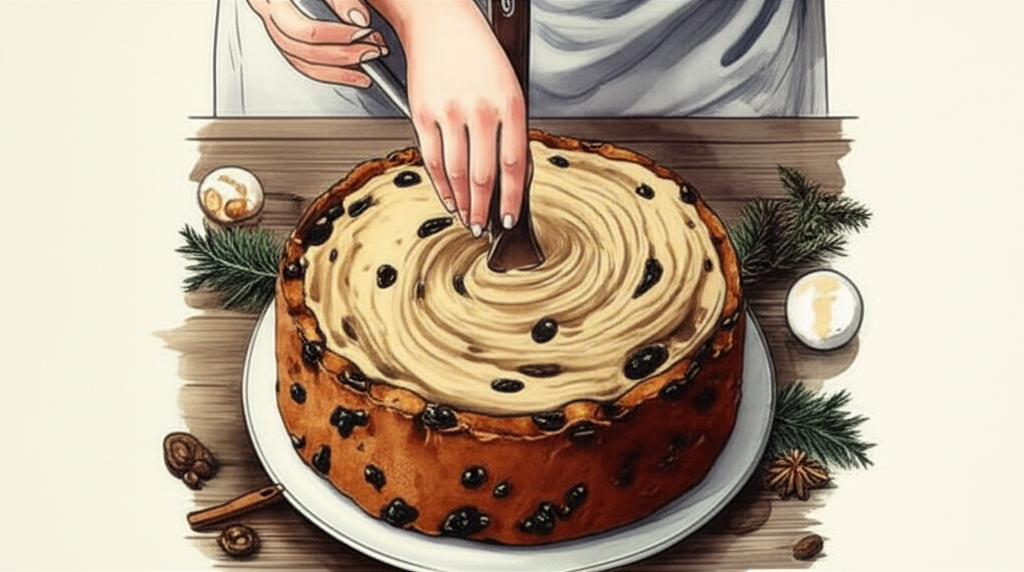
Christmas cake, a rich and enduring staple of the holiday season, is steeped in tradition, with rituals surrounding its preparation as significant as the cake itself. One enduring superstition dictates that the cake batter must always be stirred clockwise. This article explores the historical roots and cultural context behind this intriguing custom.
Fruitcake’s origins trace back centuries. Initially, it appeared as a plum porridge consumed on Christmas Eve as preparation for the fasting observed on Christmas Day. The recipe evolved over time; wheat flour replaced oatmeal, and ingredients like butter, sugar, and eggs were incorporated. Along with these changes came specific customs, with stirring the batter holding particular importance. Traditionally, every member of the household, even infants whose hands were guided around the spoon, participated in the stirring to ensure good luck for the coming year. The crucial element was that all stirring movements had to be clockwise.
The superstition surrounding clockwise stirring is not directly linked to Christian Christmas celebrations. Instead, its roots lie in ancient sun-worshipping religions and a general distrust of movement in an anti-clockwise direction. In these earlier belief systems, the sun’s trajectory across the sky held immense significance, and moving against its natural course was seen as defying the natural order.
Anti-clockwise movement, often referred to as ‘widdershins,’ was believed to be unnatural as it opposed the sun’s apparent movement. Remnants of sun-worship persisted in rural folklore long after Christianity became the dominant religion. This lingering influence contributed to the fear and suspicion associated with ‘widdershins’ movement.
The negative connotations of ‘widdershins’ were further amplified by its association with witchcraft. It was believed that witches employed anti-clockwise movements in rituals designed to summon the Devil and cast spells or curses. Folklore reinforced these beliefs; for instance, a Yorkshire legend recounts that dancing ‘widdershins’ nine times around a ring of toadstools would place one’s life at the mercy of the fairies.
Even within Christianity, there were reasons to avoid ‘widdershins’ movement. It was feared that such actions might attract the attention of the Devil. Furthermore, walking ‘widdershins’ around a churchyard on the way to a funeral was considered an omen of death, highlighting the deep-seated anxieties surrounding this direction.
While many Christmas cake-making traditions persist today, the context in which we celebrate the holiday has changed. Though once a prelude to a day of fasting, Christmas Day has transformed into a period of feasting, where Christmas cake is enjoyed throughout the season. Despite these shifts, the underlying superstition of stirring clockwise continues to be observed by some, a testament to the enduring power of tradition and the lingering influence of ancient beliefs.